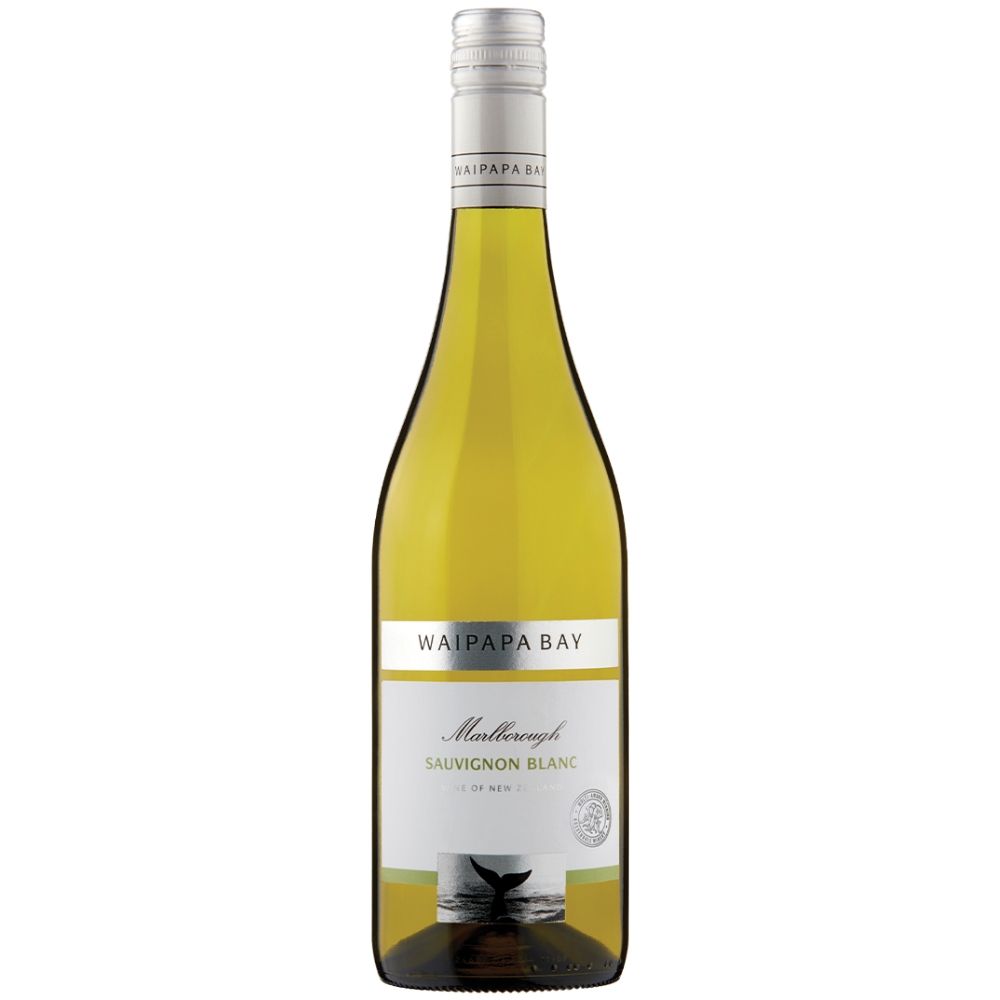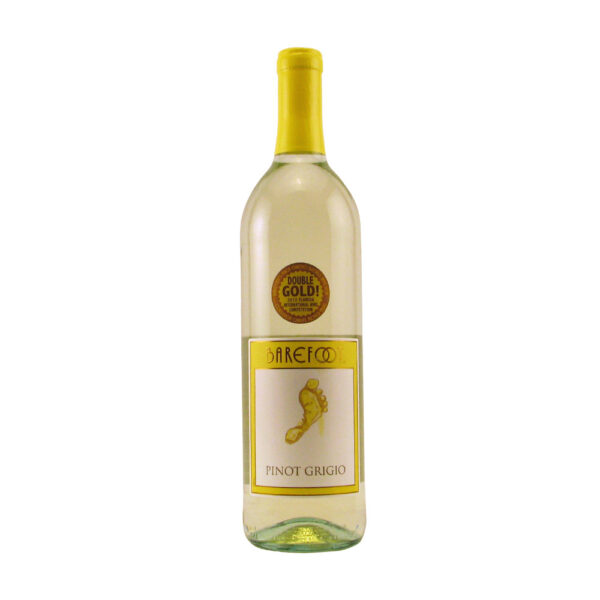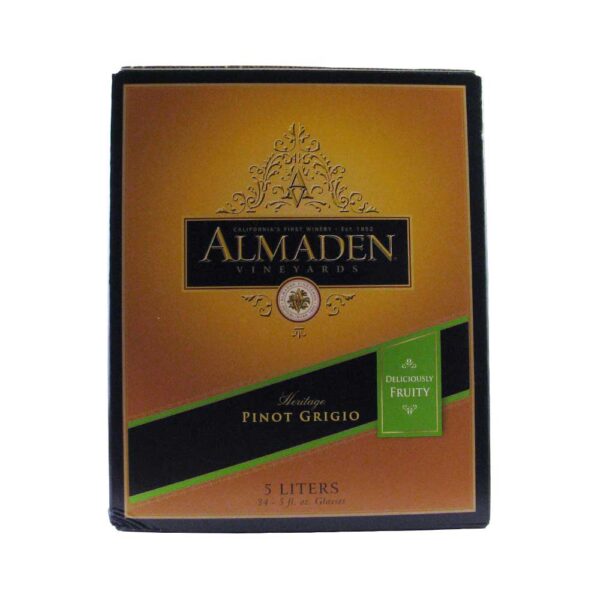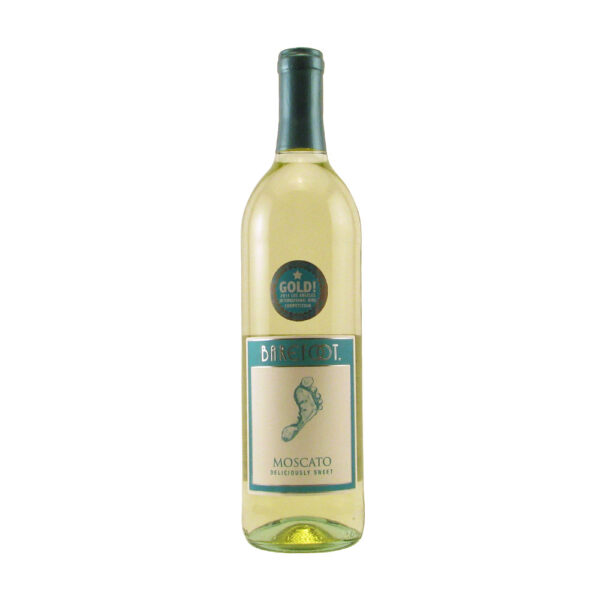Description
Waipapa Bay Marlborough Sauvignon Blanc
Waipapa Bay is a place of stunning natural beauty – close to the vineyards where the wine is produced. A laid back surf spot beneath the snow-capped Kaikoura Mountains overlooking the Pacific Ocean – where whales are regularly spotted and which inspired the wine’s label.
Winemaking
The grapes are grown in Marlborough region. Here the vineyards benefit from a continental climate which enhances the development of the characteristic aromas and flavours. Waipapa Bay is made at Spring Creek Vintners, an independent contract winemaking facility conveniently situated at Spring Creek, Marlborough. It’s a state-of-the-art winery offering a full range of specialised winemaking services.
Each vineyard block is harvested and fermented separately. This wine has been fermented in temperature controlled tanks using carefully selected yeast. Once fermentation is completed the different tanks are then assessed and carefully blended.
Tasting Notes
Passion fruit and grapefruit flavors combine with aromas of gooseberry and hints of citrus. Delicious served chilled with seafood, chicken dishes, fresh green salads or on its own.
Waipapa Bay Marlborough Sauvignon Blanc Notes To Your Senses:
- TASTE: Passion fruit and grapefruit
- AROMA: Gooseberry and hints of citrus
- APPEARANCE: Straw yellow
- ABV: 12.5%
- PAIRING: Seafood, chicken dishes, fresh green salads
Sauvignon Blanc:
A white-wine grape from western France has successfully emerged and became established all around the world. It is more likely to have originated from Brodeaux, even though it’s associated with the Loire Valley. In the late 20th century, Sauvignon Blanc gained a reputation in Marlborough, New Zealand. It’s colloquially known in that part of the world as “savvy”.
Blanc wine, specifically Sauvignon has a “straightforwardness” to it. Zesty acidity and intense aromatics are a general description due to the wide variety of wine styles. Which makes it an ideal wine to start tasting lessons with. Classic Sauvignon Blanc aromas can range from grass or asparagus to green apples and gooseberries.
A general great pairing for Sauvignon Blanc wine would be, roast chicken with thyme-infused stuffing, prosciutto with rocket and mozzarella, and pan-fried white fish with lemon butter and capers.
White Wine:
Making it a must have in any household!
New Zealand:
Marlborough is considered New Zealand’s wine region. It’s a dry, sunny region that produces three-quarters of all New Zealand wine.
It’s best known for their Sauvignon Blanc. Sauvignon Blanc wine exploded into the “wine world” around the 1980s and 1990s. Marlborough valleys were created millions of years ago by a large glacier. Home to the region center, Wairau Valley and sub-regions have a warm, sunny climate that is cooled by winds from the Pacific Ocean.
The greatest part of this region is their soil. Which we know wine is all about the soil! The soil is geologically young and a perfect match for viticulture due to their fast drainage and low fertility. This forces vines to work hard for nutrients and hydration. That implies all of their hard work is focused on the production of small, concentrated grapes that convert into intense flavor in the finished wines.
Chardonnay, Pinot Gris, and Riesling are very common too! Pinot Noir vines are of age to be producing wines now too!
Master Sommelier Little Known, Big Facts:
- The color of wine depends on the fermentation extracts using skin, like Red wine as compared to white wine, leaving the skin behind
- The oldest bottle of wine dates back to A.D. 325; it was found in Germany inside two Roman sarcophaguses
- The worst place to store wine is usually in the kitchen because it’s typically too warm, in refrigerators, their warmest setting can be too cold
- Richer heavier foods usually pair well with richer, heavier wines; light wines pair with lighter foods
- Generally, a vintage wine is a product of a single year’s harvest, not when the wine is bottled
- A “dumb” wine refers to the lack of odor while a “numb” wine has no odor and no potential of developing a pleasing odor in the feature
- If a server or sommelier hands you a cork, don’t smell it, look for the date or other information ( mold, cracking, or breaks)
- Tannin is a substance that tingles the gums when you indulge your palate with a sip of wine, it’s an excellent antioxidant
- Smell is by far the most important sense when it comes to drinking wine
- Wine was first developed in Mesopotamia, not France
- French wines are labeled following the soil on which they are produced, not according to the grape used
- When chilling wine, adding salt to ice will cool it down faster
Warnings:
You must be 21 or over to purchase this product.
Instructions:
Serve chilled or at room temperature






Reviews
There are no reviews yet.